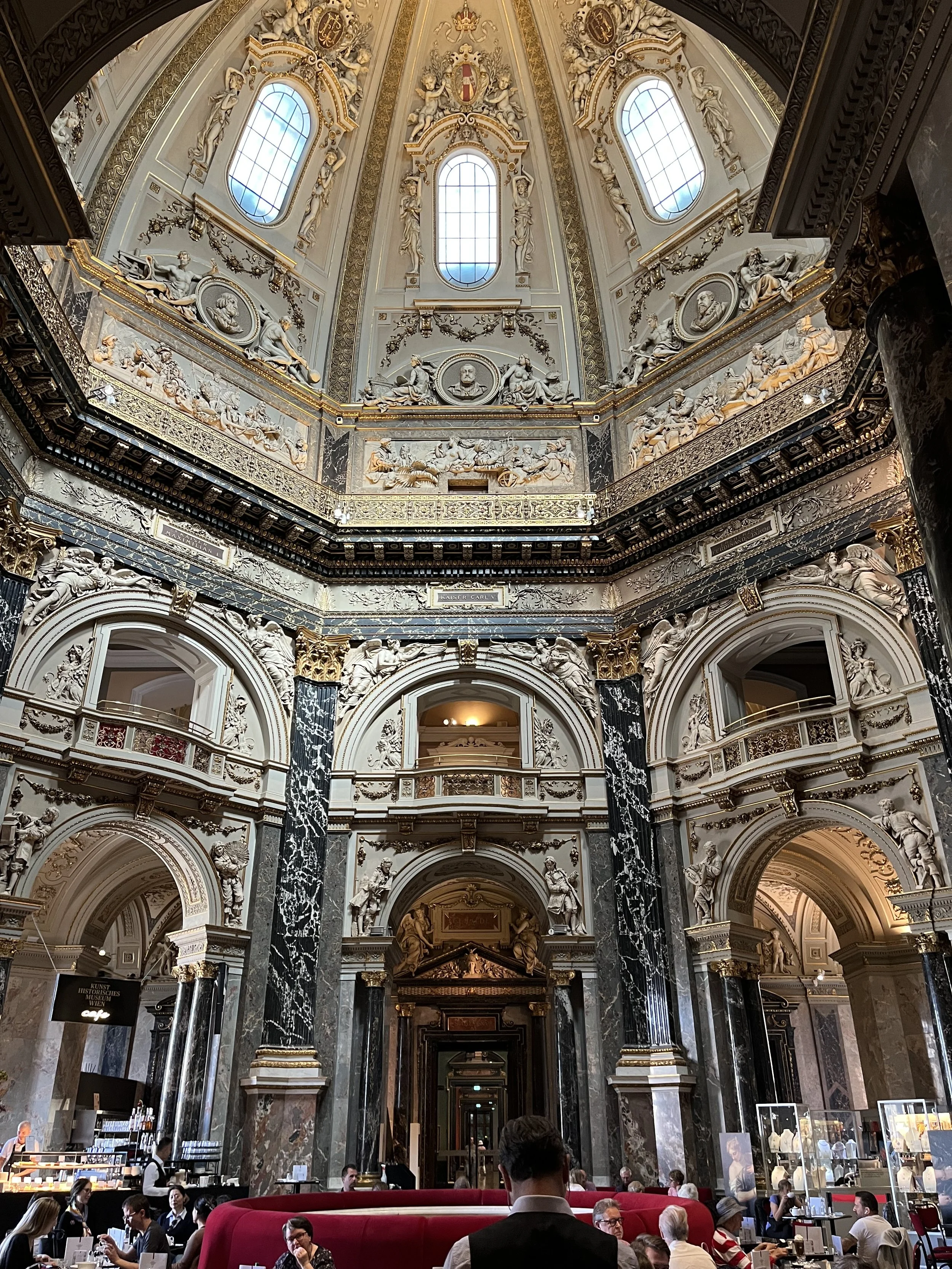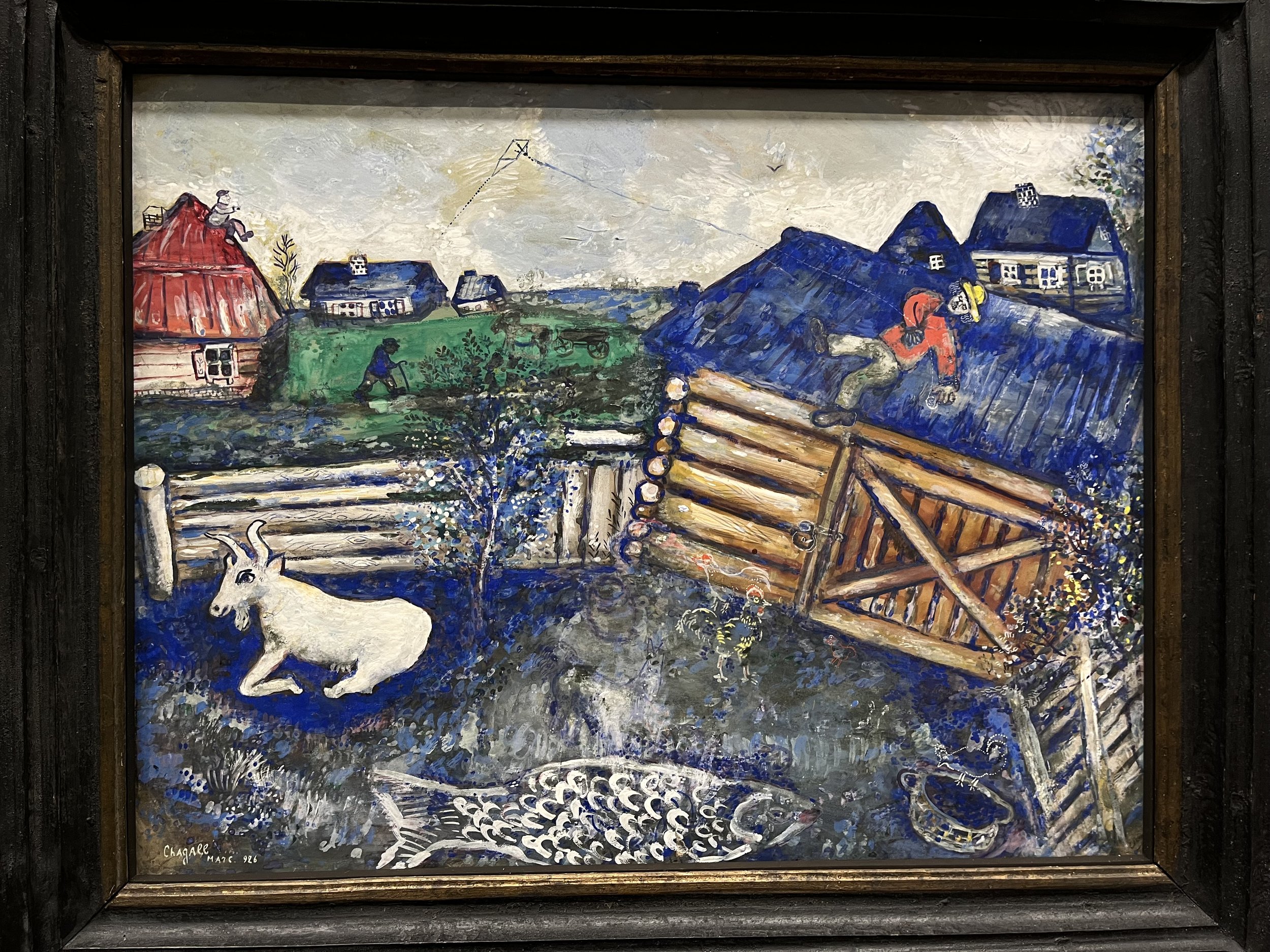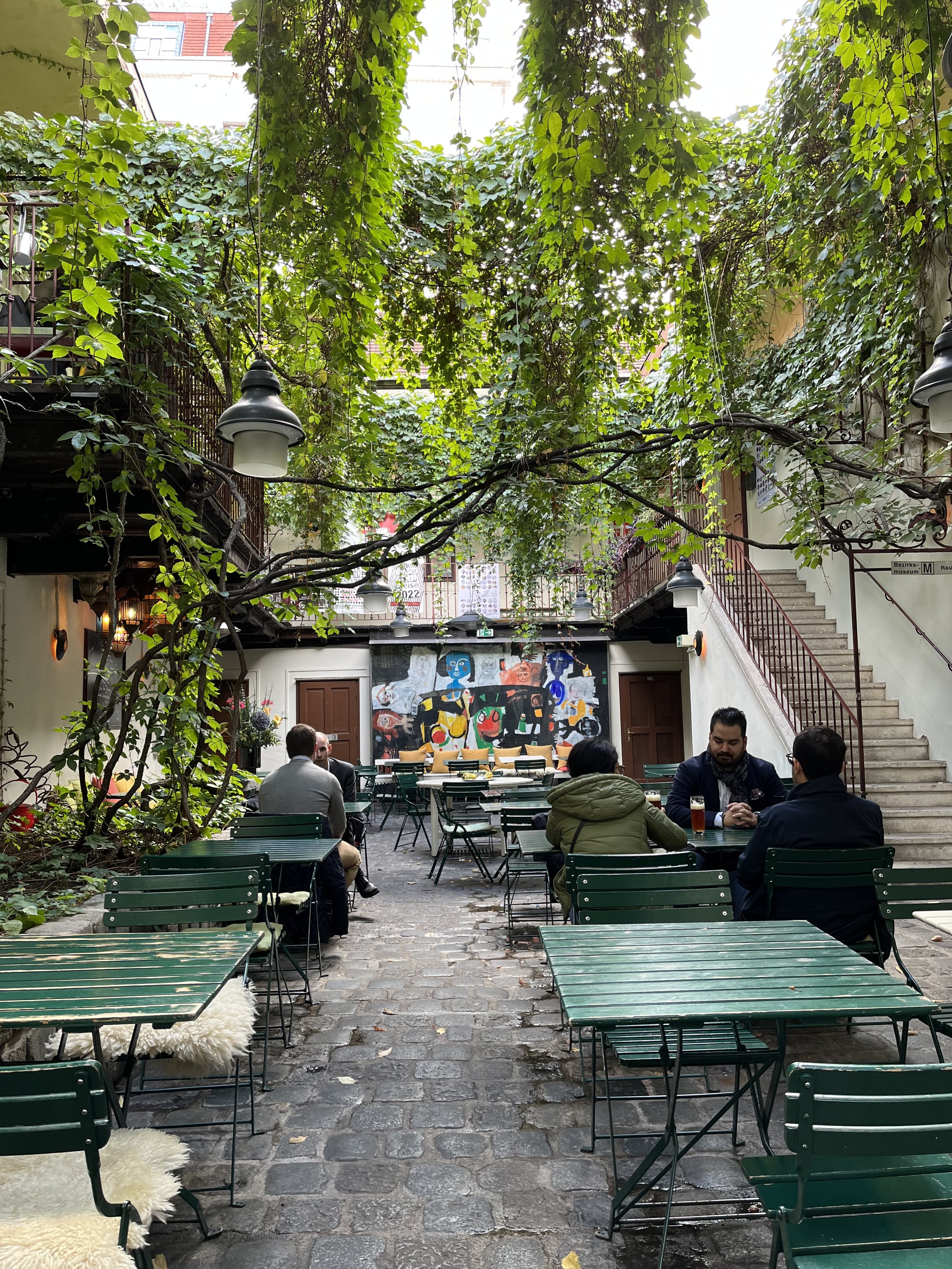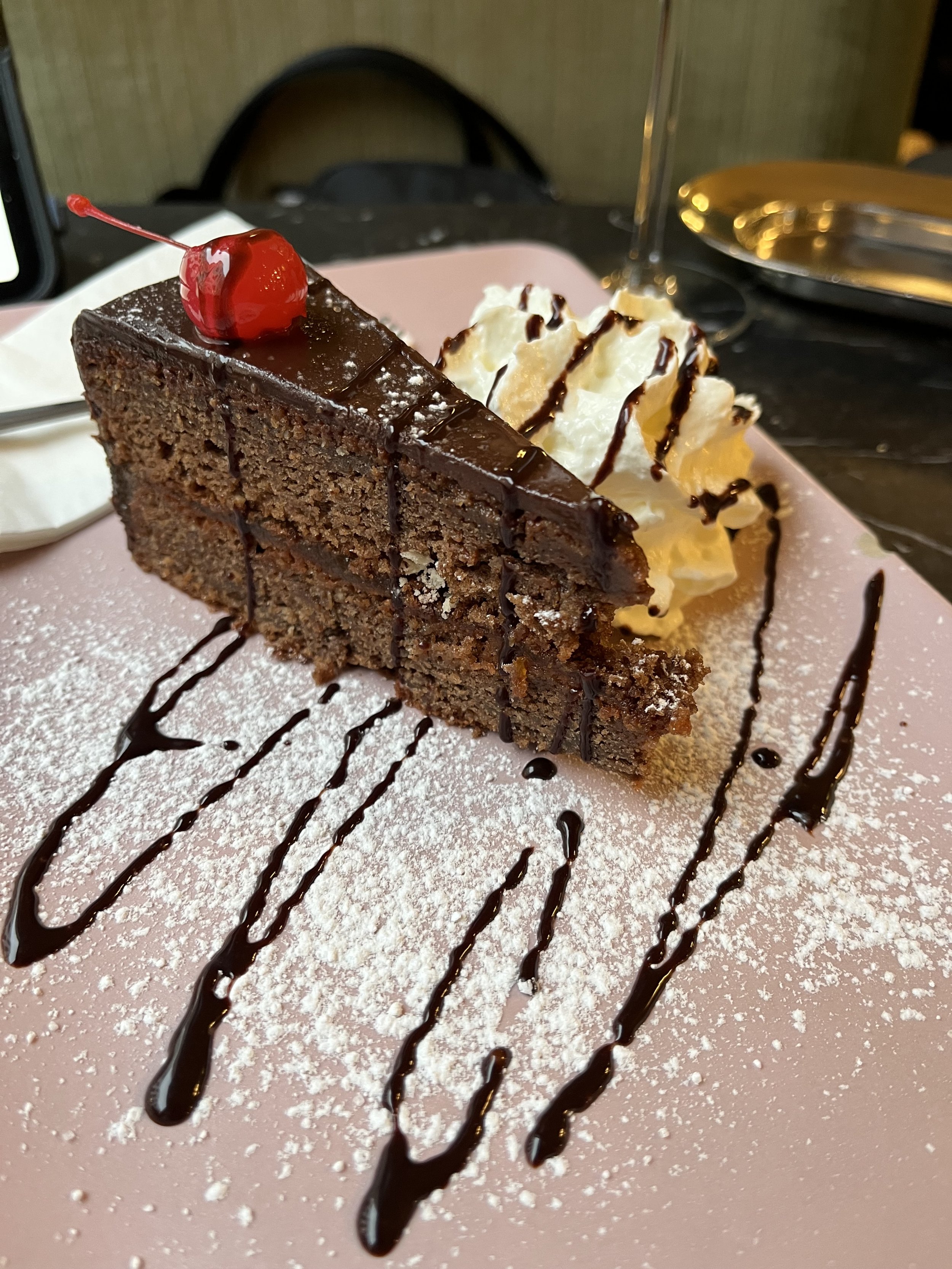Currently the capital of tiny-but-delightful Austria, Vienna wears a grandeur scaled for an imperial capital, as it was before WW1. Its multiple palaces, designed-to-impress architecture, and wealth of museums all feel over-sized for Austria as it exists today but recall its former prominence as the head of the sprawling Austro-Hungarian Empire. The empire is gone, but an elegant city remains—one that combines the best traits of Paris and Munich into an arguably more-appealing package. It’s my favorite big city in Europe—and I’ve seen a lot of Europe.
Vienna’s role as imperial capital began to unravel with what happened in this car: Franz Ferdinand’s assassination. [Car’s on display in the Museum of Military History.]
It’s also the eastern-most western European capital and sits at the crossroads of east and west, central and southern Europe, and bears the influence of all of these.
Want palaces and art? Vienna’s got you: Hofburg, the ‘in-town’ palace, and Schönbrunn, the once ‘country’ palace now within Vienna’s metro area. Hofburg sits near near several other sights of interest at one edge of the inner ring, the loop of major road/tram line that encircles the city’s core. It’s also home to the Spanish Riding School’s Lipizzaner stallions.
Hofburg Palace
Schönbrunn is larger, fancier, busier, and harder to get to—but it’s also more rewarding, essentially an Austrian Versailles with one of Europe’s most Insta-worthy spots out back.
Two more palaces, the dueling Belvederes, are now art museums (in the upper, works by Caravaggio and Klimt’s iconic The Kiss; special exhibitions in the lower) in a walled palatial garden between the ring and the main train station. The upper is your better bet if you’re picking one. Oh—and the nearby Belvedere 21 is very skippable. It houses an ugly, off-putting collection of modern art. Spend your time elsewhere.
Got cake? Vienna’s cake game: strong.
One more alternative on the ‘palaces’ list: the centrally-located Albertina [just behind the Opera] offers visitors both a wing of lavishly furnished palace-worthy rooms and a spectacular art collection of Impressionist, post-Impressionist, and modern works. Their schedule of intriguing special exhibits is the best in town: over the last few years, they’ve hosted exhibits on Monet, Keith Haring, pop art ‘from Warhol to Richter,’ and most recently, Basquiat. This one’s also close to Hofburg and other sights: it’s possible to catch an opera tour, see the pedestrian shopping drag (the Graben), and see both Hofburg and the Albertina in a (pretty full) day.
Not far away sits the venerable Kunsthistorisches Museum, stacked to its rafters with classical works, Egyptian treasures, etc. And across the street, the Museum Quartier is home to still more art museums. [Below, Vienna’s art offerings come in all flavors, from the Kunsthistorisches Museum’s stunning building and collection of masters and ancient art (including Egyptian, shown) to modern at the Albertina to Klimt at the Belvedere.]





A fraction of what’s on display at The Third Man museum.
Vienna’s role as ‘city-at-the-crossroads’ is entertainingly documented in the 1940s thriller The Third Man, starring Orson Wells, Joseph Cotton, and Alida Valli. The divided post-WW2 city is the real star of the film, which is still shown regularly at a cinema near the opera house. There are Third Man walking tours and a small but interesting museum devoted to the film (the latter’s only open one or two days/week but worth catching, especially for film or WW2 buffs). Its enduring popularity attests to Vienna’s fascinating history and charm. [As I write this, the film is available to stream in the Criterion Collection, and is rentable/available to purchase in multiple platforms—Apple, Amazon, Google, etc.]
The ferris wheel at Prater.
Want a break from museums, palaces, and history? Head to the Prater amusement park to ride the famed ‘Riesenrad’ (the ferris wheel, seen in both The Third Man and The Living Daylights) or other rides, hit the shops inside the ring or along Mariahilfer Straße and nearby, rent a bike, or take a short river cruise along the Danube.



Hungry? Vienna offers traditional Austrian cuisine packaged a hundred different ways. I provide an assortment of dining and hotel options to my clients. Reach out to me here for more info or to start planning your own trip to Austria’s fascinating capital.


The city is perhaps best known for its cafes, though. [Seen here, more cakes. Vienna had many cakes, but I ate them. Maybe they will make some more for you.]
There are lots of options.
Finally, Vienna takes on a new character at Christmastime, when the city is dotted with markets selling ornaments, gifts, souvenirs, and seasonal delights like ‘Lebkuchen’ (gingerbread with a more cake-like texture than we get in the US) and ‘Glühwein,’ a spiced hot wine popular at Christmas. The markets at Karlsplatz, in front of the Kunsthistorisches Museum, and in front of the Rathaus (town hall)are on or near the ring and offer a cornucopia for browsing/buying/eating. A nighttime trip to the Rathaus market is the perfect ending to a day enjoying this fascinating city. [For more on Christmas markets in Austria and Germany, see here. ]
Want to visit wonderful Vienna, or other sights in central Europe? I’m a travel advisor specializing in Europe and European river cruises. Shoot me an email, and I’ll help you make it happen. And, my 2023 trip will stop here. Shoot me that email for more info.








